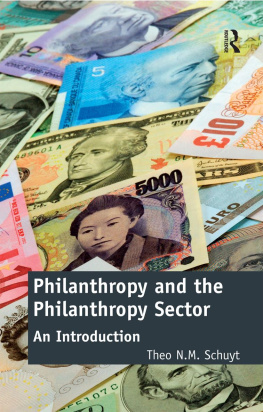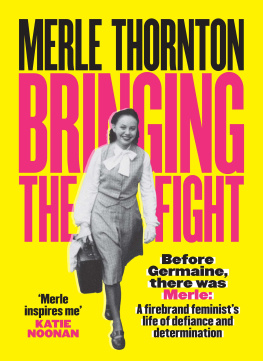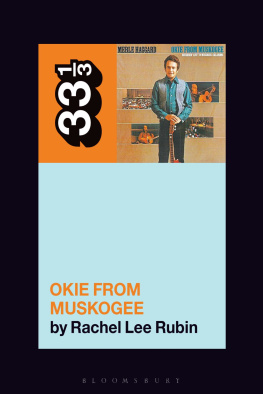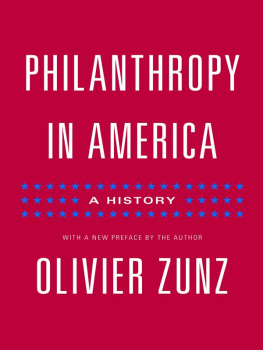First published 1998 by Transaction Publishers
Published 2017 by Routledge
2 Park Square, Milton Park, Abingdon, Oxon OX14 4RN
711 Third Avenue, New York, NY 10017, USA
Routledge is an imprint of the Taylor & Francis Group, an informa business
New material this edition copyright 1998 by Taylor & Francis
All rights reserved. No part of this book may be reprinted or reproduced or utilised in any form or by any electronic, mechanical, or other means, now known or hereafter invented, including photocopying and recording, or in any information storage or retrieval system, without permission in writing from the publishers.
Notice:
Product or corporate names may be trademarks or registered trademarks, and are used only for identification and explanation without intent to infringe.
Library of Congress Catalog Number:87-25533
Library of Congress Cataloging-in-Publication Data
Curti, Merle Eugene, 1897-
American philanthropy abroad.
Reprint. Originally published: New Brunswick, N.J.:
Rutgers University Press, 1963.
Bibliography: p.
Includes index.
1. CharitiesUnited StatesHistory. 2. Disaster reliefUnited States. 3. VoluntarismUnited StatesHistory. I. Title.
HV91. C87 1987 361. 70973 8725533
ISBN 0-88738-711-X
ISBN 13: 978-0-88738-711-1 (hbk)
Nations make themselves felt in the world in a variety of ways. Historians have described the influence that nations have exerted through the writings of their intellectuals, through their economic institutions, through diplomacy, and through wars. But scholars have largely overlooked another source of international contact: voluntary giving by one people to another for the relief of suffering in catastrophe, for the improvement of living standards, and for strengthening cultural life. An important part of modem civilization, this concern of man for his fellow man is an outgrowth of values and behavior deeply rooted in human history.
One of the first Americans to call explicit attention to the sentiment and action which any great calamityplague, flood, fire, or famineproduces among people of other nations as well as among those in the country where the disaster occurred was Elihu Burritt. The Learned Blacksmith, as this leading social reformer was familiarly known in America and Europe a hundred years ago, contended that one of the first and most distinctive fruits of Christianity was the production of international sympathy. Resting on the doctrine of the universal brotherhood of man, international sympathy, as he saw it, transcends all national and racial barriers. In holding that God tests the depth and extent of sympathy at the same time that He widens and enriches it by the mission of great sufferings, Burritt was expressing an ancient Christian precept which owed much to an even older Hebraic tradition. The Mission of Great Sufferings in the Development of International Sympathy and Benevolence, as Burritt called his tract, noted the neglect by historians of this sentiment and action. It was also a thoughtful appeal for the conscious extension of international benevolence.
In the century since Burritt wrote, catastrophes of the kind he had in mind have continued to add to mans sorrows and misery. They have also continued to evoke from countries far and wide aid to the hungry and homeless wherever disaster struck. War and revolution, which have taken an unprecedented toll of suffering, have also enlisted compassionate efforts to lessen the suffering that man has caused his fellow man. But, except for studies of limited scope, historians have neglected this story.
I have brought together here much that has been known and a good deal of fresh knowledge about non-government efforts in America to serve humanity in other countries in time of trouble. I have also described and interpreted similar efforts to help other peoples find ways of controlling disease, reducing ignorance, increasing economic productivity, and achieving a higher standard of living. This account is part of the history of American philanthropy undertaken at the University of Wisconsin under a grant from the Ford Foundation.
The term philanthropy has been understood in different ways. Until well toward the end of the nineteenth century the most common meaning in America was love of man as expressed in altruism, meliorism, and humanitarianism. With the rise of social work in the last decades of the century, the word was associated with the professionalization of charity and welfare. Increasingly in our own time, philanthropy has implied large-scale giving, whether by well-to-do individuals or by foundations. I have used the term in what may be regarded as its simplest and most comprehensive sense: private giving for public purposes. It includes the traditional concept of charitygiving to meet individual needs. It also includes the broader idea of giving substance and services for education, research, health, the arts, and the attainment of a higher level of living. In this later sense philanthropy implies giving as a kind of social investment which promises to better, not only today but tomorrow, the lot of individuals through the improvement of the society of which they are a part.
Thus understood, philanthropy has a long history in European institutions and culture. From Great Britain in particular, colonial Americans derived the values, the impulses which stimulated philanthropy and the laws and institutions through which it found expression. Indeed, for a considerable part of their history Americans received help from the voluntary gifts of men and women in Europe for the establishment and maintenance of the agencies of cultural life and for meeting unusual disasters. Moreover, American philanthropy overseas has been influenced by what people elsewhere have done for the needy in lands other than the United States. Since 1930, and especially since the Second World War, American voluntary aid abroad, like that extended by many countries, has intertwined with the activities of international agencies, official and nonofficial. Thus to understand American philanthropy beyond American borders it is necessary to take into account the world context of which it has been a part. This would be easier if historians had paid more attention to the philanthropic impulse in other countries. Until this has been more largely done, it would be foolish to try to determine whether, in relation to its resources, America has been more or less philanthropic than other peoples.
What Americans have done through nonofficial efforts to help peoples abroad has been closely related to what has been done at home for disadvantaged members of the population of the United States. The structure and functioning of the voluntary agencies engaged in foreign relief and rehabilitation resembles that of similar organizations for helping people at home. In a sense, overseas aid is an extension of the social gospel, the techniques of the social worker in the urban slum, the program and methods of the county agent and the director of the 4-H clubs in rural areas in the United States.
By the requirements of our definition of philanthropy this study is concerned with nongovernment as opposed to government programs for relief and technical aid abroad. Yet almost from the start government has had a hand in voluntary efforts. In the interest of national policy or in response to pressure of public opinion or interested groups, the government sometimes transported relief contributed by voluntary effort. Since 1948 it has also allocated a considerable part of its agricultural surplus stores to voluntary agencies for overseas distribution. To prevent conflicts and duplication of effort, the government exerted regulatory control over agencies engaged in foreign relief during the Second World War. Since that time the acceptance of government surpluses and transport has involved meeting specifications determined by law or an official agency. Now and then the government has used the personnel of voluntary agencies in large-scale relief programs. A new type of partnership between voluntary associations and government has lately developed in connection with the financial support the Point 4 program has given to many private agencies. A still newer partnership may be taking shape in the Peace Corps. It is, in short, impossible to draw a sharp line between official and nonofficial foreign aid.










